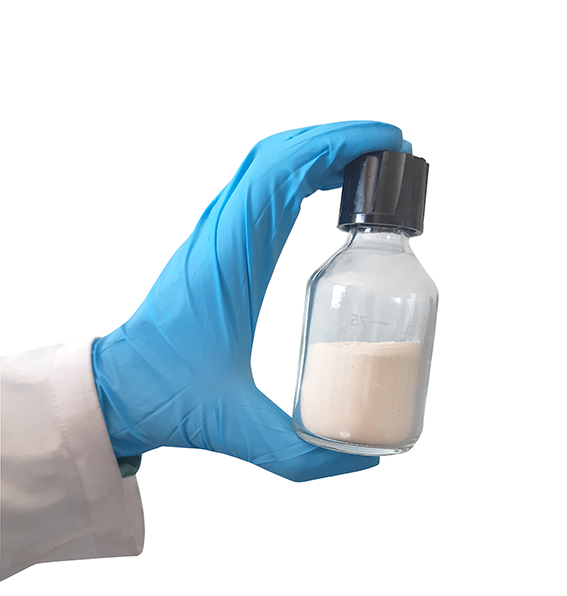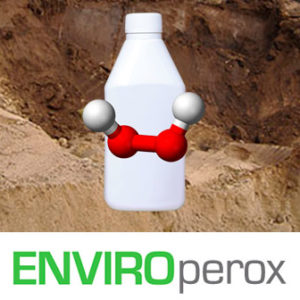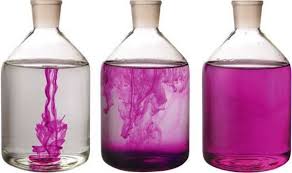Description
Características
This product maximizes in-situ chemical oxidation performance by using a two-part product system; a complex of sodium percarbonate oxidant activated by a proprietary surface catalyst system. The characteristics of this product are:
- Promotes rapid and sustained in-situ oxidation of a wide range of organic contaminants.
- Provides a unique catalytic surface on which oxidants and contaminants react in a process known as “surface-mediated oxidation”.
- Non-corrosive, with minimal heat and pressure generation – compatible with underground infrastructure, tanks, pipes, etc.
- Creates a significant, short-term oxygen footprint to rapidly establish follow-up aerobic biodegradation conditions.
- Easily desorb contaminants from soil surfaces, allowing for more efficient mechanical removal.
- Long-term ISCO reactivity on the order of 30 days after injection.
- Easy to apply with readily available equipment.
Funcionamiento
Activated sodium percarbonate is a versatile oxidant that directly oxidizes pollutants, while its unique catalytic component generates a range of highly oxidizing free radicals that rapidly and efficiently destroy a range of target pollutants, including petroleum hydrocarbons and chlorinated compounds. The reagent consists of two components, a sodium percarbonate-based alkaline oxidant (Part A), with a liquid mixture of sodium silicates, silica gel and ferrous sulfate (Part B), resulting in a powerful technology of destruction of pollutants.
It is especially effective in destroying target pollutants present in high concentration areas within the saturated zone and the vadose zone. For the treatment of petroleum hydrocarbons, percarbonate produces oxygen as a result of its reactions, providing a smooth transition from ISCO to aerobic bioremediation. Percarbonate produces minimal heat when applied and continues to destroy contaminants for up to 30 days in a single application. This ISCO reagent is safe for use in direct contact with underground structures, as it is not corrosive to concrete and most metals.
Aplicaciones
Activated sodium percarbonate is applied using direct push techniques or using existing piezometers. The application process allows combining the product of two parts, then it will be injected under pressure in the contamination zone and transferred to the middle of the aquifer. The product is used for the treatment of the following pollutants: petroleum hydrocarbons (BTEX, GRO, DRO, creosote, MTBE, TBA) and chlorinated compounds (chlorinated solvents, tetrachloroethylene, trichlorethylene, cis-1,2-dichloroethylene, vinyl chloride, carbon tetrachloride, chloroethane).
FAQ
Warnings and recommendations on prevention and safety
Like any oxidant, the reagent must be handled with care. Protective equipment during handling should include face shields and / or goggles, rubber or plastic gloves, and rubber or plastic apron. If clothes look stained, wash immediately; spontaneous ignition can occur with cloth or paper. In cases of significant exposure, use the appropriate NIOSH-MSHA dust or mist respirator. For more details do not hesitate to consult our SDS.
Storage
Avoid contact with acids, peroxides, and all combustible or easily oxidizable organic materials, including inorganic oxidizable materials and metal powders. With hydrochloric acid, chlorine gas is released. Reagent A and Reagent B are not combustible but will support combustion. It can decompose if exposed to intense heat. Fires can be controlled and extinguished by using large amounts of water. For more details do not hesitate to consult our SDS.
Formato
Delivery format:
- 20 kg bags for reagent A and reagent B.





